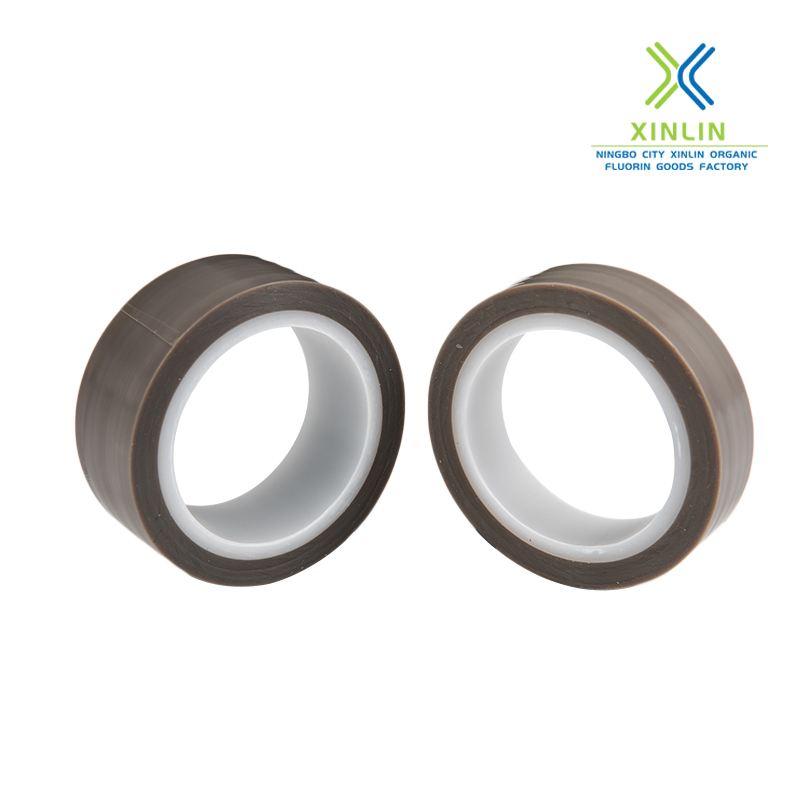At present, various kinds of PTFE products have played […]
At present, various kinds of PTFE products have played a pivotal role in the national economy such as chemical industry, machinery, electronics, electrical appliances, military industry, aerospace, environmental protection and bridges.
The function of PTFE is so extensive mainly due to its performance characteristics, as follows:
High temperature resistance: long-term use temperature of 200~260 degrees;
low temperature resistance: still soft at -100 degrees;
Corrosion resistance: resistant to aqua regia and all organic solvents;
Weather resistance: better aging life in plastic;
High lubrication: has the smaller coefficient of friction in plastics (0.04);
non-sticky: has a smaller surface tension in solid materials without adhesion of any substances;
Non-toxic: It is physiologically inert; it has excellent electrical properties and is an ideal C-level insulating material. A thick layer of newspaper can block the high voltage of 1500V; it is smoother than ice.

The friction coefficient of PTFE is extremely small, only 1/5 of that of polyethylene, which is an important feature of perfluorocarbon surface. In addition, due to the low intermolecular force between the fluorine-carbon chain, PTFE is non-sticky. Polytetrafluoroethylene maintains excellent mechanical properties in a wide temperature range from -196 to 260°C. One of the characteristics of perfluorocarbon polymers is that they are not brittle at low temperatures. It is a typical soft and weak polymer, the mutual attraction between macromolecules is small, the stiffness, hardness, and strength are small, and it will deform under long-term stress. It is prone to creep phenomenon under load, which is a typical cold flow plastic. The creep of PTFE varies with compressive stress, temperature and crystallinity. The higher the temperature, the greater the creep. The outstanding feature in terms of mechanical properties is the small friction factor, between 0.01-0.10, which is the smallest among existing plastic materials and even all engineering materials.
And has high chemical corrosion resistance, such as concentrated sulfuric acid, nitric acid, hydrochloric acid, even boiled in aqua regia, its weight and performance have no change, and it is almost insoluble in most solvents, only slightly soluble above 300 ℃ In full alkanes (about 0.1g/100g). PTFE does not absorb moisture, is non-flammable, and is extremely stable to oxygen and ultraviolet rays, so it has excellent weather resistance. It is worth noting that polytetrafluoroethylene cannot withstand the alkali metal melted in a strong reducing atmosphere, ammonia alkali solution (alkali metal is dissolved in liquid ammonia), some fluorides (such as TFA), naphthalene sodium salt, etc. can corrode rapidly Polytetrafluoroethylene products. The dielectric constant and dielectric loss are very low in a wide frequency range, and the breakdown voltage, volume resistivity and arc resistance are high.
Copyright © Ningbo Xinlin Polymer Material Co. LTD. All Right Reserved Technical Support : HWAQ